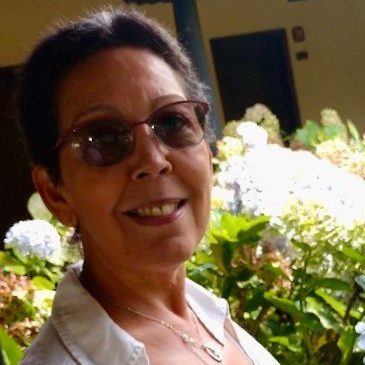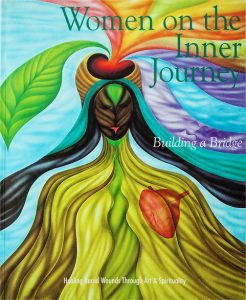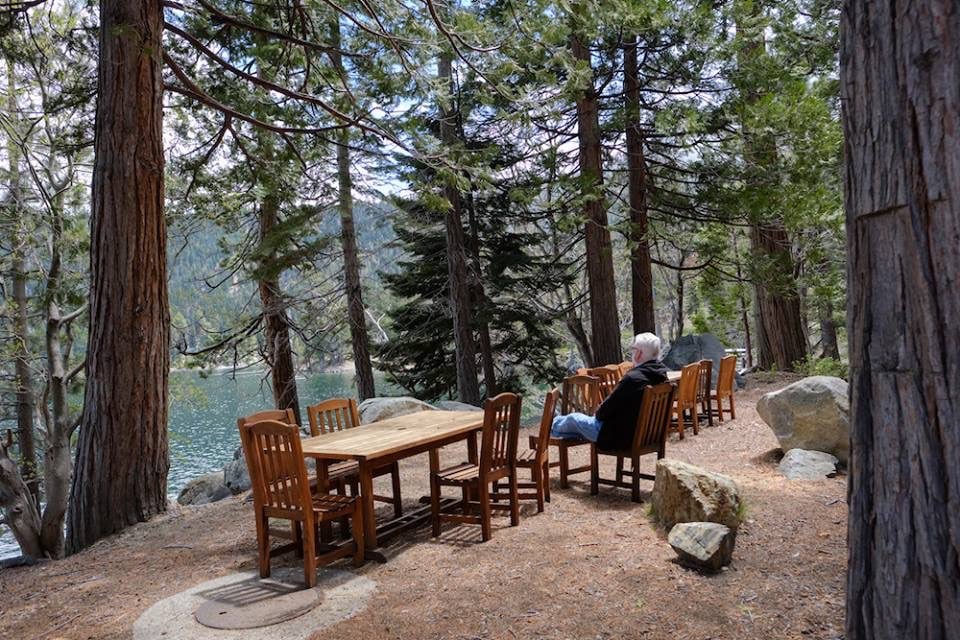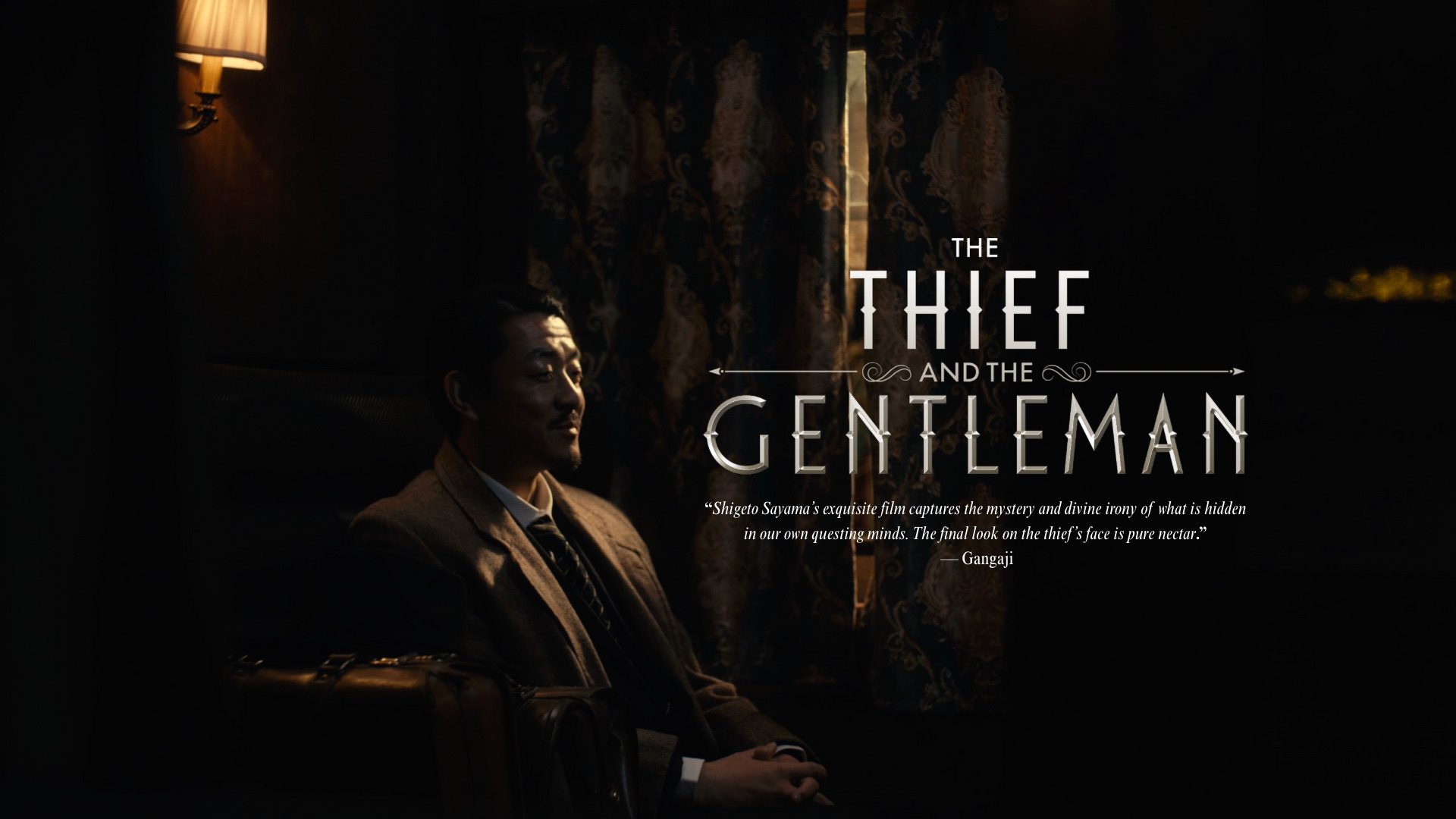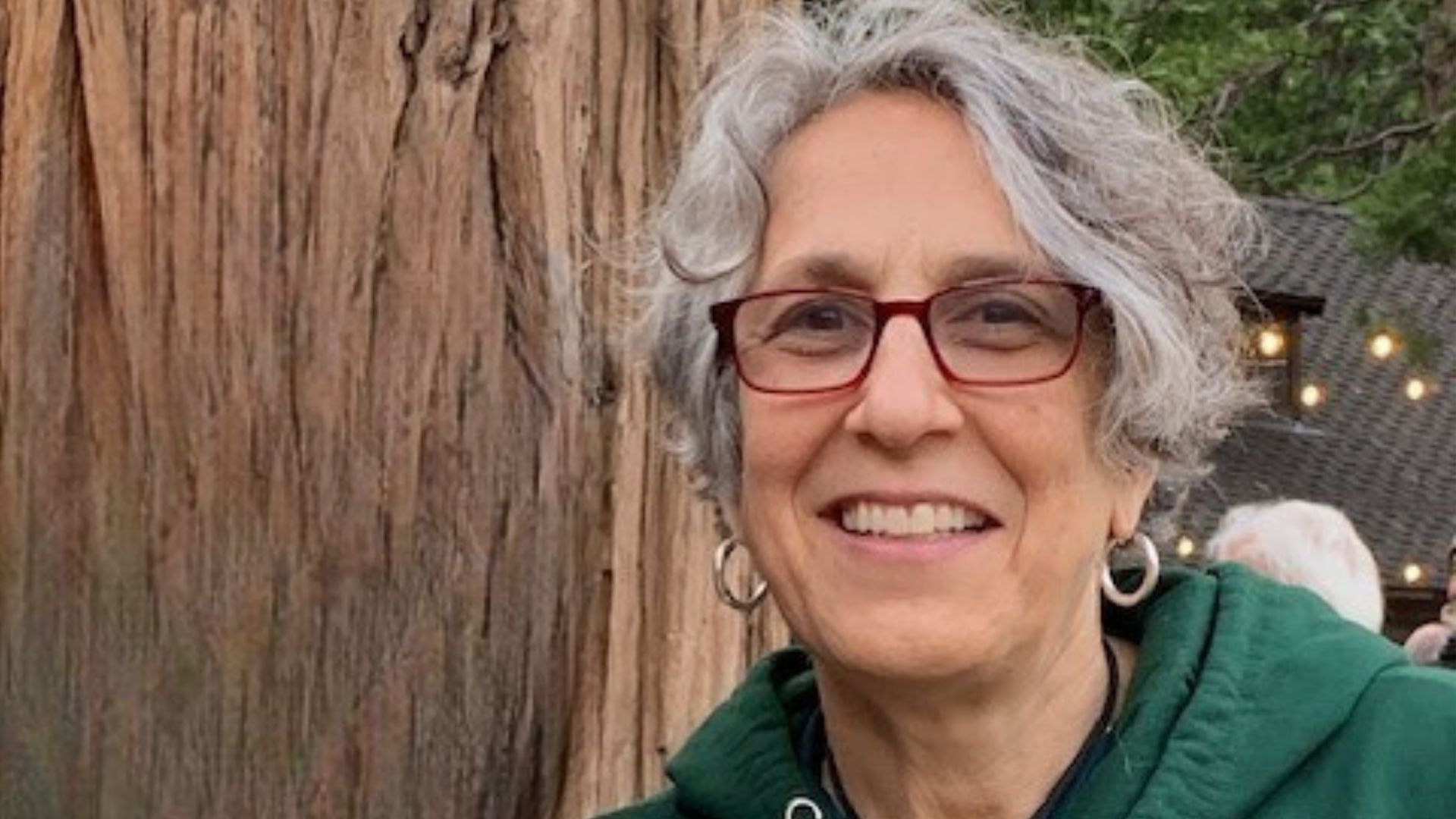The podcast Meeting the Roots of Racism Within – Part One, published recently by the Gangaji Foundation, touched me deeply because it was the first time that I had heard a white, spiritual teacher looking at this essential and important issue intimately and honestly. After listening to this podcast, I then listened to the previous podcast (of a recorded Satsang of Gangaji from years ago) that Barbara Denempont introduced. She spoke about her reaction as she listened to the brother of George Floyd (killed by a Minneapolis police officer) speak about his brother at the funeral service for the slain black man. I totally resonated with Barbara in being awakened myself (again), by the horror of racism.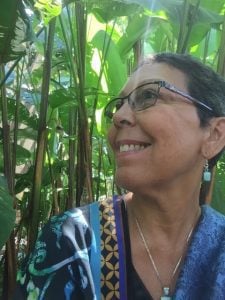
My own experience of racial discrimination happened many years ago beginning in 1989 when I first came to live in Nashville, Tennessee, with my white husband. He actually promised me that there was no longer racism in the United States (since the days of Martin Luther King Jr.), and I believed him. Born and raised in the Dominican Republic, I am a person with brown skin of mixed race (European, Indigenous Tainos, and African Black brought as slaves). In the United States, like all persons of mixed racial identity, I am not regarded as a white person. Accordingly (and surprisingly for me) I suffered discrimination. I got so angry because I could not understand what was going on, and why, for the first time in my life, at the age of 33, this was happening to me. My first reaction was to wonder what was wrong with me. I didn’t know the code for how to behave in front of white people, so I made many mistakes and as a result, paid many prices.
Naively, I had thought that we shared this land together, a land that originally belonged to the Native Americans, and that we should be able to foster respect and honor each other, regardless of skin color. I had no idea of the wounds left by slavery on both sides and the perpetuation of discrimination that continues until today. I came to see the pain, the anger, and the rage within the African American community in Nashville, and the denial, the guilt, and blame among Caucasians; it was overwhelming. (In many respects I was caught between these two cultures, during those days when there were relatively few brown-skinned people in Nashville.)
My education about the racial situation in Nashville took a long time because I was basically in a state of shock. Although I came from a country where there is racism (against the Haitians who share our Island), I did not experience it myself. I had no idea what had happened, and was still happening, to the people of color in the States. I began to descend into a place within myself and I needed to look closely within. So, my journey began in facing my own prejudices toward even my own people who were of a darker color than me. I began to recognize that I had internalized racism. I had absorbed the belief that had spread around the world that black people were unattractive, undesirable, not intelligent, less than, and so on. I wondered how that came to be…beyond the obvious economic disparity.

Artwork by Renee LaRose, "Bridging Hearts”
While this new consciousness was arising within me, I established a therapeutic practice in the city, continued my work as a visual artist, and was devoted to a spiritual path. I was not an activist, and yet I could not turn my face away from what was happening around me. In 1992, motivated by my own anger about the racism that I had experienced, I was led to create a social project combining the skills and practices that had sustained my own life. Thus was born Black and White Women Building a Bridge – Healing Racial Wounds through Art and Spirituality. Nothing about this undertaking was easy—quite the opposite. When I came out publicly with news of this project, I received a great degree of push back and was attacked for calling into question this issue, because “In Nashville, Tennessee, there was no racism!” The denial coming from the media seemed unbelievable to me. Then on Wednesday, April 29, 1992, news of the Rodney King riots in East L.A. broke around the country. That very weekend was to be my first Black and White Women’s workshop. I saw the criticism against my project turning around because at that moment it was better to support racial healing than to be identified with the rioting in several other major cities that were on fire across the U.S.
This project, as small as it was, involving around one hundred women, was very successful in terms of the number of people who came to the opening exhibit. And it was transformational for many of the participants. The weeks and months leading up to the opening were painful, stressful, challenging and also hopeful and beautiful as black and white women expressed themselves artistically, danced and moved their bodies, feeling together the pain, the blame, the rage, the full spectrum of what it means to be human. We did not discuss racial issues; we didn’t call out each other’s faults but touched an essential part of our humanness: if the body and spirit are not free, we cannot be fully free; if one person is not free then none of us are truly free.
When the white participants began to realize that unless they addressed and faced the racism that is perpetuated throughout society and unconsciously in themselves, they would not escape their feelings of shame and guilt. They would always sense the fate of their black sisters in some corner of their minds. Black women who had suffered incredible humiliations were able to hear, to really hear, the white women speaking from the heart about their guilt and sadness, and there, too, healing took place. 
I regard this project and the book that arose from it as perhaps the most important work that I have done in this life. It opened a door for dialogue and the possibility of individuals taking responsibility for not only healing long and deep wounds but also experiencing the growth that occurs in finally dispelling the ignorance of believing that others can be regarded as inferior and denied their human rights solely based on the color or shade of their skin.
So many years later the need for more healing and awareness continues. In my own experience, I was surprised to face a more visceral form of racism than I ever personally encountered in Nashville when I moved to the liberal San Francisco Bay Area in 2008. I became aware that two of the black women participants in the Building Bridges project decided to forego medical treatments and die because they were tired of living a life where they were never going to experience freedom from slavery and its long hateful aftermath in this country. Overcoming racism is still hard work and it is heartbreaking that so many feel hopeless and powerless in a country that supposedly cherishes freedom above all other values.
So, when I listened to Barbara and Gangaji addressing this issue in such an open and honest way I was thrilled because I believe that is what is needed. We (people of color) need to hear from white people that we matter, that we matter so much that they will dedicate time, energy, and their complete attentive presence to this issue that is destroying lives, integrity, and hope. When I first had the opportunity to meet Gangaji in 2000, (as I have said in other places and am glad to say again here) in that meeting for the first time I was fully welcomed by her and by everyone at that retreat, and seen not as a person of color, but simply as another human being. It was a beautiful experience to not have to be self-aware that I was not white like everyone else.
I am very grateful to feel that this spiritual lineage where I belong is so open that even the human suffering experienced in racial discrimination is included. How freeing this is! Thank you, Barbara (and Gangaji), for offering this opportunity to each one of you who is not white within the Gangaji community to be seen and heard, and for inviting everyone else into a deeper inquiry into the often hidden, yet pervasive, nature of racism.
Namaste
Noris Binet
July 17, 2020

